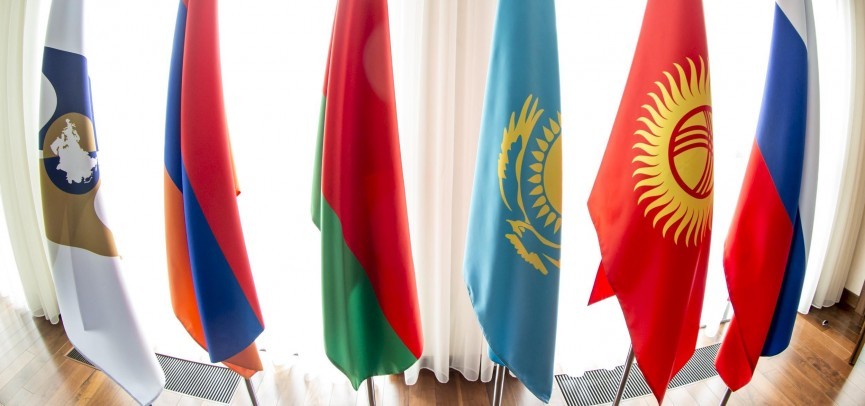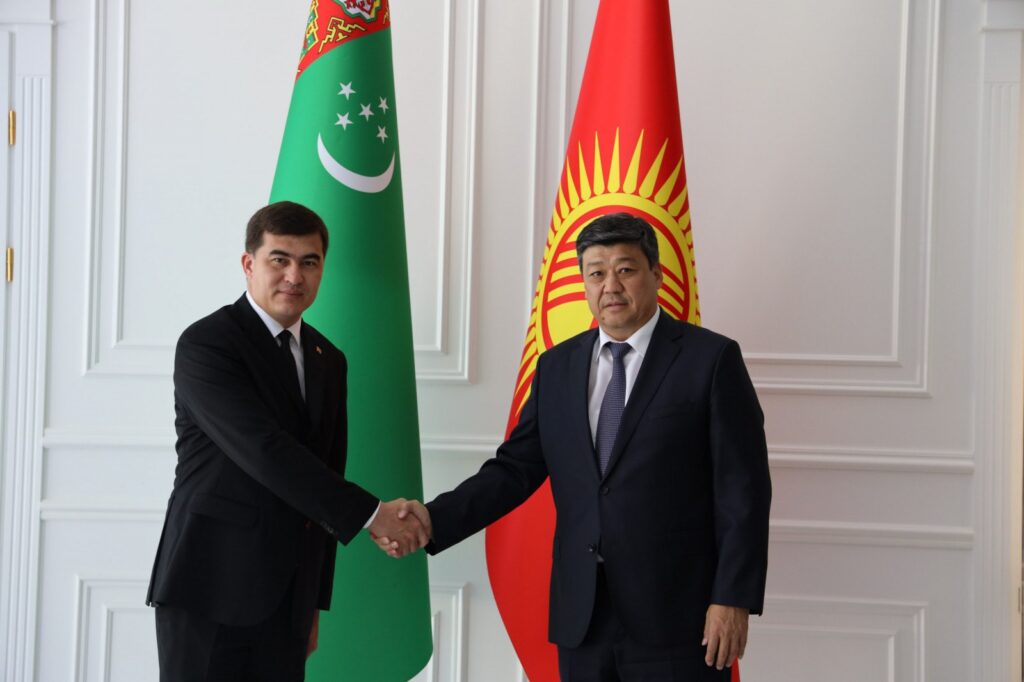BISHKEK (TCA) — Despite a decline in the significance and intensity of Kyrgyzstan’s mutual trade with the Eurasian Economic Union (EEU) countries in 2018, these indicators remain high due to the country being the second most integrated EEU economy after Belarus, according to the report titled Main Trends in the Kyrgyz Republic’s Integration Development in 2018, prepared by the Centre for Integration Studies at the Eurasian Development Bank’s (EDB) Directorate for Research.
The significance and intensity of Kyrgyzstan’s mutual trade with the other EEU member countries (Armenia, Belarus, Kazakhstan, and Russia) weakened in 2018 as a result of reduced mutual trade (both exports and imports) with almost all Union countries, except Russia. In this context, increased exports to Russia offset the negative effect on mutual trade flows and the economy in general as a result of a decrease in trade with other EEU countries, Kazakhstan in particular. Another important factor behind the decline in the significance and intensity of mutual trade with the EEU countries was a considerable increase in Kyrgyzstan’s trade with non-EEU countries.
As a result, Kyrgyzstan’s exports to the EEU countries grew by 0.1% and imports decreased by 4% in 2018. While exports remained almost the same quarterly, imports grew because of an increase in oil product supplies throughout the year driven by higher energy prices in 2018. Other major categories of imports remained rather stable. Kyrgyzstan’s main exports in 2018 were clothes and ores; which accounted for 25% and 18% respectively of the country’s intra-EEU supply. Copper and copper items, dairy products, eggs and honey also had a significant share while other commodity exports remained below 5%.
The financial channel remains an important instrument for integration, the report said. Remittances from Russia and Kazakhstan increased in 2018 and continue to stimulate the consumer and investment components of domestic demand, as well as the overall balance of payments, by compensating a significant foreign trade deficit. The Russian-Kyrgyz Development Fund is an example of an investment instrument used to implement various joint investment projects in Kyrgyzstan.
The country’s corporate cooperation with the EEU countries continues to develop, especially with companies in Russia and Kazakhstan. The key areas for cooperation are gas and oil products, mining and metallurgy, transport, the power sector, banking and insurance, agriculture and the food industry. However, there are occasional cases when Kazakhstan or Russia return agricultural or food products produced in Kyrgyzstan. The country, on its part, is working proactively to set up necessary laboratories and certification centres with the financial and technical assistance from its EEU partners to avoid such incidents in the future, the report said.
The Eurasian Development Bank (EDB) is an international financial institution founded by Russia and Kazakhstan in 2006 with the mission to facilitate the development of market economies, sustainable economic growth, and the expansion of mutual trade and other economic ties in its member states. The EDB’s charter capital totals US $7 billion. The member states of the Bank are Armenia, Belarus, Kazakhstan, Kyrgyzstan, Russia, and Tajikistan.









